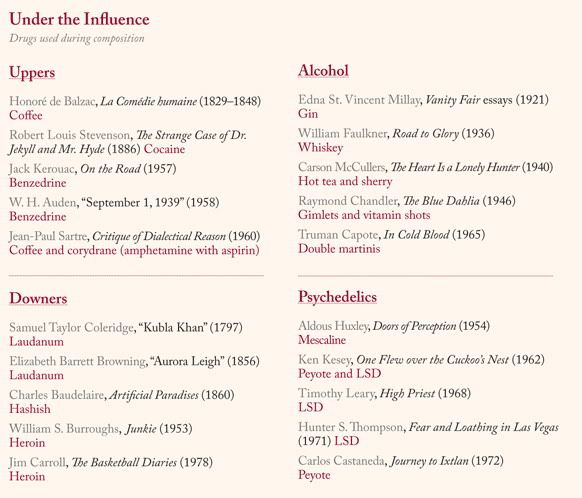I just read a great article from NPR’s Science Fridays about toxicity and the pigments many of the early 19th Century Masters used.
(Green Apples-Paul Cezanne, created using Paris Green which contains arsenic)
“Biologist Edward O. Wilson once said, “In the natural world, beautiful usually means deadly.” Wilson was referring to how the most brightly colored snakes, frogs, and insects usually harbor the deadliest venoms. But the sentiment applies equally well to the periodic table: Some of the nastiest elements—lead, cadmium, arsenic, mercury—make the most beautiful paints and pigments. In fact, the artistic innovations of some of the most iconic painters, especially in the 1800s and early 1900s, can be traced back to their use of these elements…”
(Read the rest of the article here)
As a matter of fact, it has been speculated that some of the organic solvents found in many of the pigments(flake white, cobalt blue, chrome yellow) Vincent van Gogh used+excessive alcohol may have caused the compounds to accumulate in his body….leading to momentary insanity aaand the famous ear chop.

Or it could have been the absinthe. or epilepsy. or the documentation implying the man was insane.
———————————————-
Aside: I decided to read up on different theories surrounding the “ear” incident, scanned several scholarly journals, read through different message boards in the field of science/art history/medicine/philopsophy/psychology..but I think the following insightful response sums all the extensive research the best:
Originally posted by zoobyshoe -You are also ignoring that on the night before he cut his ear he was drinking absinthe, which is so well known to trigger seizures that it has been outlawed.
RESPONSE:
hypnagogue: Damn, where can I get me summa that?
—————————————————————————-
Almost all canvases in the early 19th century were coated with white lead paint, highly toxic, it is interesting to think about the influence this chemical inhalation may have had on the composition of many of the most famous works of art.
It’s no secret that many of todays most creative/influencial/inspirational compositions came from writers “under the influence.”

An Underground Education by Richard Zacks mentions how even Thomas Edison was able to work long nights with very little sleep thanks to the help of Vin Mariani, a cocaine-laced wine.
And just to expand on the above chart, not only did Robert Louis Stevenson use cocaine, he went on an all out six-day binge and rushed out the entire story of Dr. Jekyll and Mr. Hyde. His wife commented:”That an invalid in my husband’s condition of health(he had tuberculosis) should have been able to perform the manual labor alone of putting sixty thousand words on paper in six days seems quite incredible.”
..
RESPONSE:
hypnagogue: Damn, where can I get me summa that?
??♥





